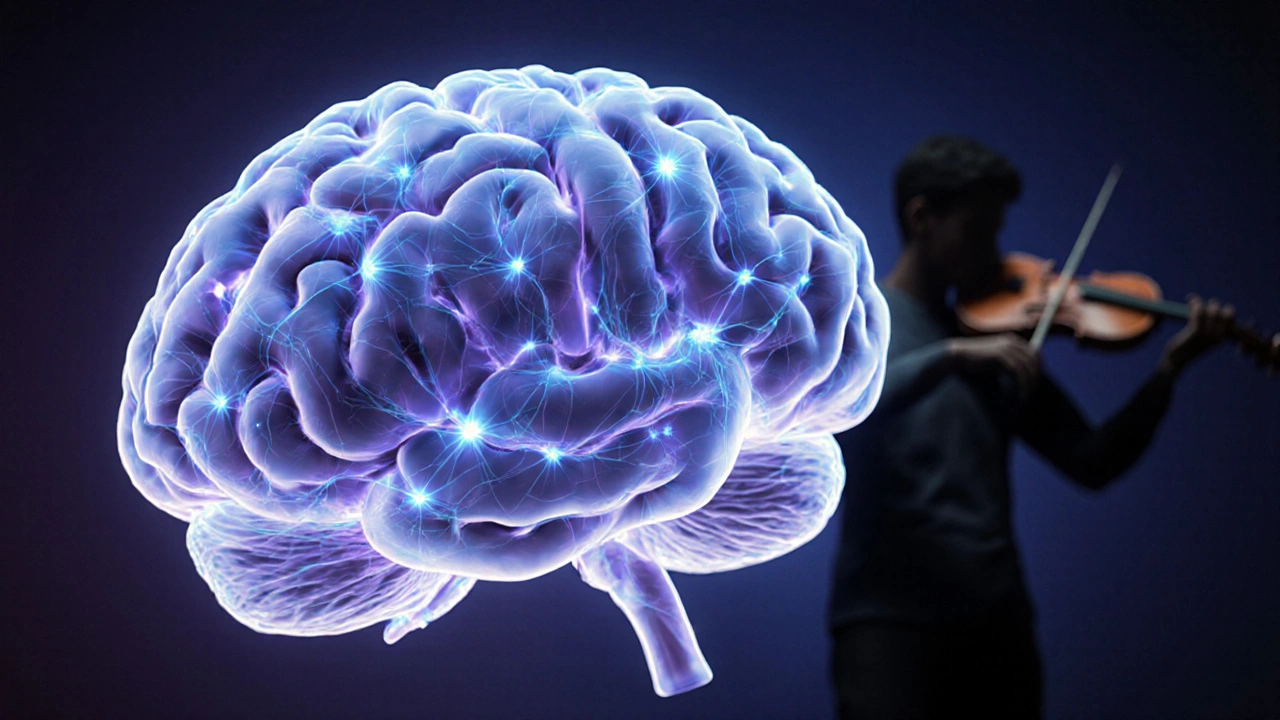Cognitive Bias: How Hidden Mind Tricks Shape Learning and Decisions
When working with Cognitive Bias, a systematic pattern of deviation from rational judgment that colors perception and choices. Also known as mental shortcut error, it influences everything from classroom decisions to scholarship applications. One common form is Confirmation Bias, the tendency to favor information that supports existing beliefs, while Anchoring Bias, the habit of relying heavily on the first piece of information encountered often steers students toward familiar subjects. In adult learning, these biases can skew how teachers design courses and how learners evaluate new material. Recognizing that cognitive bias shapes both teaching strategies and learner attitudes is the first step toward clearer thinking.
Why Bias Matters in Education Choices
Decision making in education is riddled with hidden shortcuts. When a teenager picks an A‑level subject, the most visible factor might be a friend's recommendation, but anchoring bias can make that initial suggestion feel like the safest route, even if data shows better fit elsewhere. Confirmation bias surfaces again during scholarship applications: students often highlight achievements that match their preconceived narrative, overlooking other strengths that could boost their chances. University admissions boards—whether at Yale or Harvard—are not immune; they can be swayed by the first impression a candidate makes, letting early grades or test scores anchor their overall assessment. The same patterns appear in the growing world of online certifications: learners gravitate toward the most advertised courses, not necessarily the ones that align with market demand, because availability bias makes the most visible options seem the most valuable. Understanding these links—cognitive bias influences learning outcomes, decision making requires bias awareness, and adult education benefits from mitigation strategies—helps students, teachers, and parents make more informed choices across the board.
So how can anyone break free from these invisible forces? Evidence‑based teaching methods like active recall and spaced repetition counteract the illusion of familiarity that confirmation bias creates. Reflective practice—setting aside time after each lesson to ask, “What did I assume about my learners?”—helps educators spot anchoring moments before they solidify. For students tackling GCSE revision or preparing for scholarship essays, a simple checklist that forces them to list three pieces of evidence contrary to their main argument can expose hidden blind spots. Inclusive language guides, such as the updated terms for neurodivergent learners, also reduce bias by reminding educators to see each pupil as an individual rather than a stereotype. When you apply these tactics, you not only improve academic performance but also nurture critical thinking—an essential skill for navigating the complex information landscape of 2025. Below, you’ll find a curated set of articles that dive deeper into each of these topics, from adult learning theories to practical tips for boosting scholarship chances, all framed through the lens of cognitive bias.

Why Some People Struggle to Learn: Psychology, Brain Factors & Practical Fixes
- by Eliza Fairweather
- on 12 Oct 2025
Explore why some people struggle to learn, covering brain biology, mindset, biases, disabilities, motivation, and actionable ways to boost growth.
